What is SEO audit?

An SEO audit is a comprehensive assessment of all on-page and off-page factors that could be affecting your website’s search engine rankings. The audit process can be broken down into three parts:
- On-Page SEO Audit
- Off-Page SEO Audit
- Technical SEO Audit
An SEO audit is an essential first step in any good SEO strategy. By identifying and addressing any potential issues, you can help ensure that your website is in the best possible position to rank high in search engine results pages (SERPs).
If you’re not sure where to start, our SEO audit checklist can help you get started.
1. On-Page SEO Audit
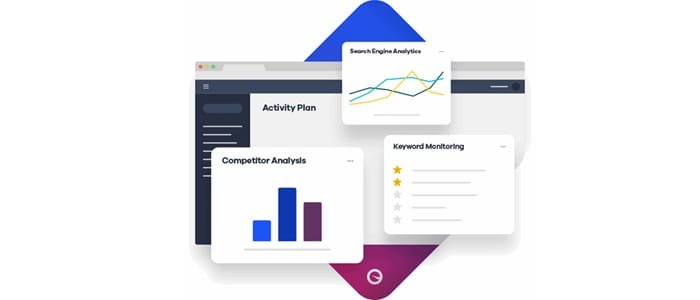
The first step in your SEO audit is to assess your website’s on-page factors. This includes everything from your website’s content and structure to its individual pages and URLs.
Some of the key on-page SEO factors you’ll want to check are:
– Title tags
– Meta descriptions
– H1 tags
– Body content
– Image alt text
– Internal links
– External links
2. Off-Page SEO Audit

The second step in your SEO audit is to assess your website’s off-page factors. This includes everything from website backlinks and social media signals to online directories and review sites.
Some of the key off-page SEO factors you’ll want to check are:
– Social media signals
– Online directories
– Review sites
3. Technical SEO Audit

The third and final step in your SEO audit is to assess your website’s technical SEO factors. This includes everything from your website’s hosting and domain set-up to its sitemap and robots.txt file.
Some of the key technical SEO factors you’ll want to check are:
– Hosting and domain set-up
– Sitemap
– Robots.txt file
– SSL certificate
– Page speed
– Mobile-friendliness
Why Do You Require SEO Audit?

When it comes to SEO, a website audit is an important part of the puzzle.
By conducting a website audit, you can identify any potential issues that may be holding your website back from achieving its full potential in the search engines.
Not only that, but a website audit can also help you to identify opportunities for improvement.
By conducting a comprehensive SEO audit, you can identify any potential issues that may be holding your website back from achieving its full potential.
By taking advantage of these opportunities, you can help to boost your website’s ranking in the search engines, and ultimately, drive more traffic to your site.
If you’re serious about improving your website’s SEO, then a website audit should be high on your list of priorities.
In this article, we’ll show you how to conduct a website audit for SEO, and provide you with a step-by-step guide to follow.
12 SEO Audit Tools You Can Use
SEMRush Site Audit

When it comes to SEO auditing software, SEMrush is the best option.
It’s the most dependable SEO audit tool, and it’s the same SEO tool we’ve been using for over several years.
It’s also the most popular SEO toolkit, with over 5 million users worldwide.
SEMrush’s Site Audit tool checks your website for 100+ technical and SEO parameters.
SEMrush Site Audit will diagnose all technical SEO issues on your site, from crawlability issues to content issues to loading speed concerns.
The software will also give you actionable tips on how to fix each problem.
SEMrush Site Audit is available as a free 14-day trial, or you can purchase a monthly subscription starting at $99.95/mo.
Also Read: 12 Best Keyword Research Tools For SEO
Site Audit from Serpstat
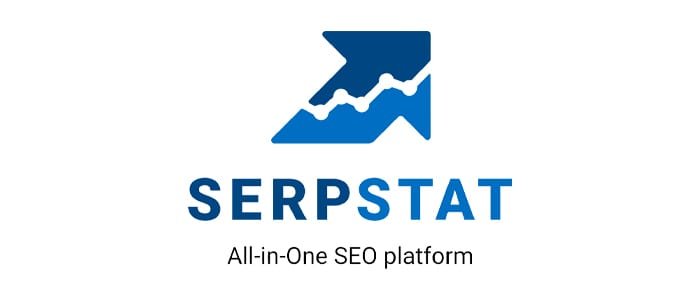
Serpstat is an economical all-in-one SEO toolset with a monthly price starting at $69 and a Site Audit tool that examines how well a website is optimized.
It also displays a list of all of your website’s technical concerns.
When you create a new site audit project, it will immediately begin scanning your site, and when it is finished, you will receive the following report.
The results are displayed in a table that includes the following information:
-A list of all of the website’s pages,
-The number of issues found on each page,
-The severity of each issue, and
-A description of what needs to be fixed.
Also Read: Old SEO Practices That Are Ineffective Now
DeepCrawl
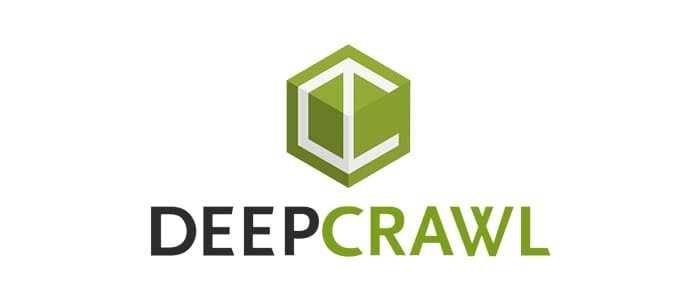
DeepCrawl is a website crawling tool that provides actionable insights about your website’s technical SEO issues.
It’s also one of the most comprehensive website crawlers on the market, with over 30 billion URLs crawled per month.
DeepCrawl Website provides you with an in-depth analysis of your website, including a list of all your website’s pages, the number of issues found on each page, and the severity of each issue.
Deepcrawl’s technical SEO platform identifies growth prospects and protects your site from revenue-sucking code issues, allowing you to maximize your website’s search potential.
Deep crawl provides a complete end-to-end technical SEO platform with the tools and connectors you need to expand without fear — discovering technical improvements that will help you drive growth and protect your website from hazardous code issues through SEO testing automation.
DeepCrawl Website is available as a free 14-day trial, or you can purchase a monthly subscription starting at $149/mo.
Also Read: The Google E-A-T Score: What Is It and Why Does It Matter?
SEO Site Audit from Ahrefs

Ahrefs is one of the most popular SEO tools on the market, with over 2 million users worldwide.
One of Ahrefs’ most popular features is its Site Audit tool, which checks your website for 100+ technical and SEO parameters.
Ahrefs Site Audit will diagnose all technical SEO issues on your site, from crawlability issues to content issues to loading speed concerns.
The software will also give you actionable tips on how to fix each problem.
When you enter a website to start a Fresh Crawl using their Site Audit tool, it will begin crawling and fetching all of your site’s data in order to offer you a wealth of information, including:
- Health rating
- Crawls of all URLs (along with the URLs having errors)
- URLs and depth of internal links
- HTML tags, incoming links
- Your site’s overall performance
External page concerns, among other things, are addressed by Ahrefs’ site audit tool, which also provides advice for resolving SEO-related issues on your site.
Also Read: Tips to Manage your WordPress Blog Effectively
Screaming Frog SEO Log File Analyzer

The Screaming Frog SEO Log File Analyzer is a desktop program that allows you to analyze your website’s log files.
It’s an easy-to-use program that provides you with detailed information about your website’s traffic, including the number of visitors, the number of page views, the number of unique visitors, and the number of organic keywords.
You may upload your log files, validate search engine bots, identify crawled URLs, and analyze search bot data and behavior using the Screaming Frog SEO Log File Analyzer for priceless SEO knowledge.
Download for free or get a license to add more log events and projects to your account.
The Log File Analyser is light-weighted but mighty, processing, storing, and analyzing millions of lines of log file event data in a smart database. It collects important log file data to help SEOs make informed decisions.
BrightEdge DataCube

The BrightEdge DataCube & Content Optimization Tool is a powerful platform that helps businesses to optimize their website content and measure its impact on performance.
Using the tool, companies can identify opportunities for improvement and make data-driven decisions about how to best serve their customers.
The BrightEdge DataCube & Content Optimization Tool also provides insights into how content is performing across different channels and devices, so businesses can tailor their content strategy to meet the needs of their audience.
The tool is easy to use and helps businesses to save time and resources by optimizing their content for the web. It also helps companies to improve their customer experience and engagement rate.
BrightEdge’s SEO platform is driven by a strong AI and machine learning engine.
Because it crawls the web and collects first-party data, it is the only corporate SEO provider capable of web-wide, real-time measurement of digital content engagement across all digital channels, including search, social, and mobile.
It starts at $499/month, and offers a free trial.
Also Read: How to Use Social Media and SEO to Boost Your Visibility?
Google’s PageSpeed Insights Tool

Google’s PageSpeed Insights tool is a free tool that analyzes your website’s speed and gives you recommendations on how to improve it.
GTmetrix
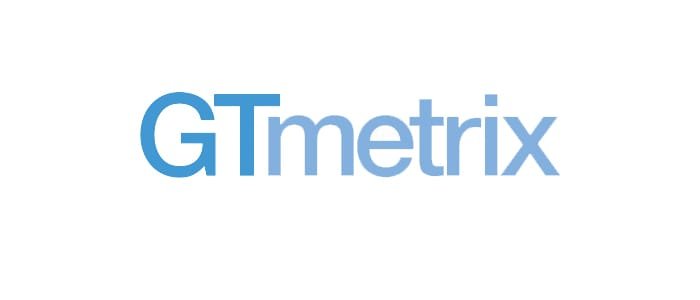
GTmetrix is a free website performance tool that analyzes your site’s speed and provides recommendations on how to improve it.
GTmetrix is developed by the team at GT.Net, a web development agency in Vancouver, Canada.
How to use GTmetrix?
To get started with GTmetrix, simply enter your website’s URL into the field on the homepage and click “Analyze”.
Once the analysis is complete, you’ll see a report with a variety of performance metrics, including page load time, page size, and the number of requests.
GTmetrix will also provide recommendations on how to improve your site’s performance.
That’s it! By following the recommendations on GTmetrix, you can help ensure that your website loads quickly and efficiently.
Moz

Moz is one of the most popular SEO tools on the market, with over 2 million users worldwide.
Moz’s most popular feature is its Site Audit tool, which checks your website for 100+ technical and SEO parameters.
Moz Site Audit will diagnose all technical SEO issues on your site, from crawlability issues to content issues to loading speed concerns.
The software will also give you actionable tips on how to fix each problem.
When you enter a website to start a Fresh Crawl using their Site Audit tool, it will begin crawling and fetching all of your site’s data in order to offer you with a wealth of information, including:
- Health rating
- Crawls of all URLs (along with the URLs having errors)
- URLs and depth of internal links
- HTML tags, incoming links
- Your site’s overall performance
- External page concerns, among other things, are addressed by Moz’s site audit tool, which also provides advice for resolving SEO-related issues on your site.
SEOquake

SEOquake is a desktop program that allows you to check your website’s SEO health.
The program provides you with detailed information about your website’s traffic, including the number of visitors, the number of page views, the number of unique visitors, and the number of organic keywords.
SEOquake also allows you to compare your website’s SEO health to that of your competitors.
The program is available as a free 14-day trial, or you can purchase a monthly subscription starting at $149/mo.
SEOquake is one of the most popular SEO tools on the market, with over 2 million users worldwide.
One of SEOquake’s most popular features is its Site Audit tool, which checks your website for 100+ technical and SEO parameters.
SEOquake Site Audit will diagnose all technical SEO issues on your site, from crawlability issues to content issues to loading speed concerns.
The software will also give you actionable tips on how to fix each problem.
When you enter a website to start a Fresh Crawl using their Site Audit tool, it will begin crawling and fetching all of your site’s data in order to offer you with a wealth of information, including:
Health rating
Crawls of all URLs (along with the URLs having errors)
URLs and depth of internal links
HTML tags, incoming links
Your site’s overall performance
External page concerns, among other things, are addressed by SEOquake’s site audit tool, which also provides advice for resolving SEO-related issues on your site.
Google Analytics
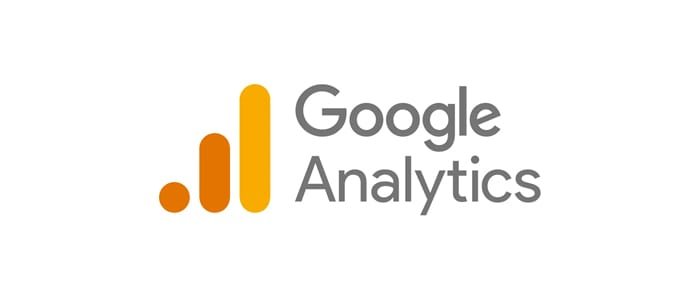
Google Analytics is a free website analytics service offered by Google that gives you insights into how your website is being used and how users are interacting with it.
It can be used to track both organic and paid traffic and provides data on things like page views, unique visitors, bounce rate, conversion rate, and more.
By default, Google Analytics uses first-party cookies to collect anonymous data from users of your website. This information includes things like the user’s IP address, what browser they are using, and what pages on your site they are viewing.
Google Analytics then creates reports based on this data so you can see things like how many visitors your site had in a given period of time, what pages they were viewing, and where they were coming from (e.g., which other websites were linking to yours).
You can also use Google Analytics to track events on your websites, such as button clicks or form submissions.
This can be useful for understanding what users are doing on your site and how they are interacting with your content.
However, it is important to note that the data collected by Google Analytics is anonymous and cannot be used to personally identify individual users.
HubSpot’s Website Grader
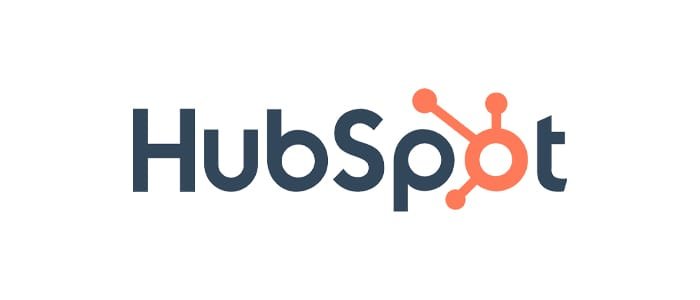
If you’re looking to improve your website’s performance, HubSpot’s Website Grader is a great place to start.
The tool grades websites on a 100-point scale and provides users with feedback on factors such as website load time, mobile-friendliness, and security.
In addition, Website Grader also provides users with specific recommendations for how to improve their website’s performance.
The Website Grader is a valuable tool for businesses of all sizes who want to ensure that their website is performing at its best.
By taking the time to assess your website’s performance and making the necessary changes, you can improve your website’s traffic, conversion rate, and overall success and factors like –
- Page speed, load time, page requests, page size, and other metrics
- SEO (Search Engine Optimization): Meta descriptions, content plugins, and descriptive link text are all part of the page index.
- Design features include responsive design, legible text size, and tap targets.
- HTTPS and secure javascript libraries provide security.
TAKE AWAY
Carrying out a website SEO audit is important for a number of reasons. It can help to identify any technical issues which may be affecting your website’s performance, and also highlight any areas where your content could be improved.
An audit can also help to show you how your website measures up against your competitors. This can be valuable information to help you make decisions about where to focus your attention in order to improve your website’s performance.
Using the above tools, you can find out and improve your website’s SEO status and take corrective actions to fill in the gaps.

























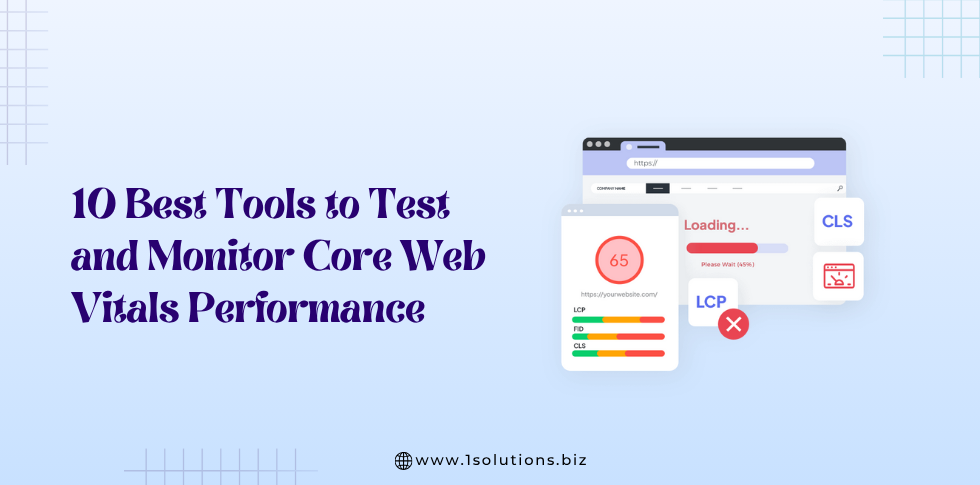




 in India
in India